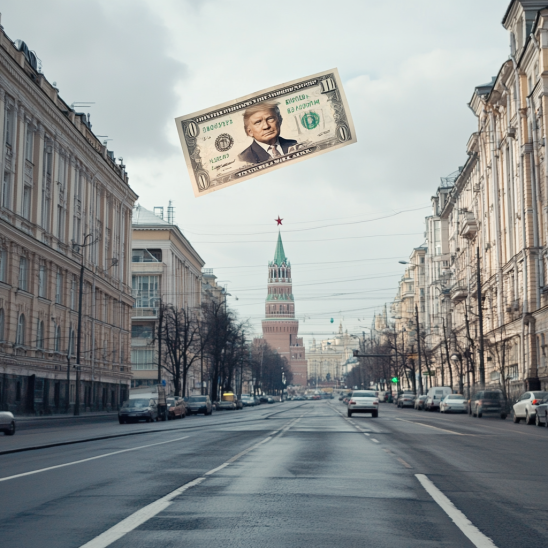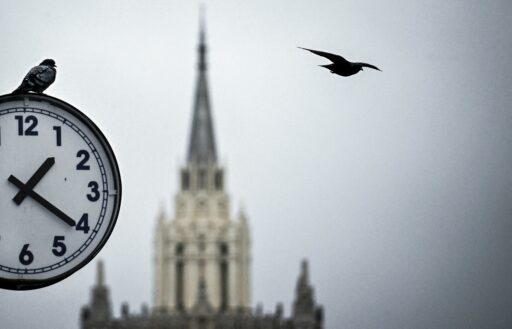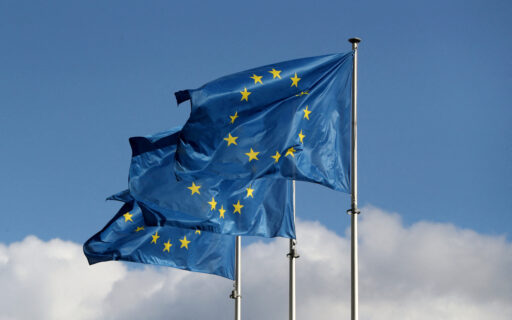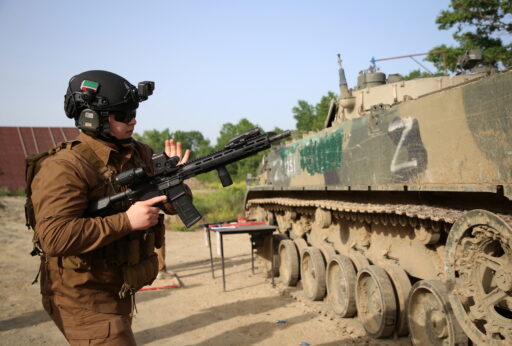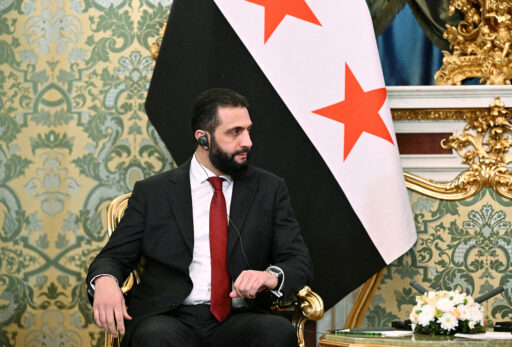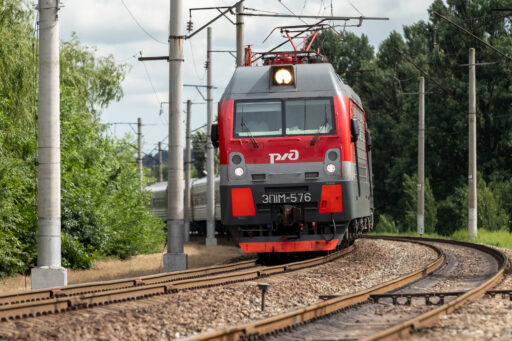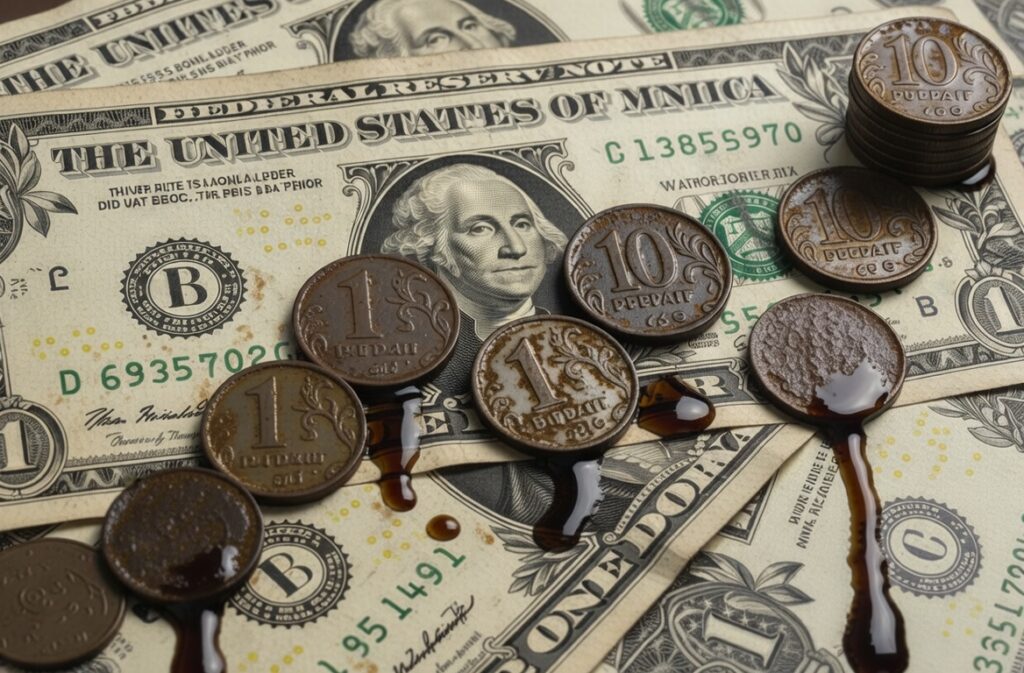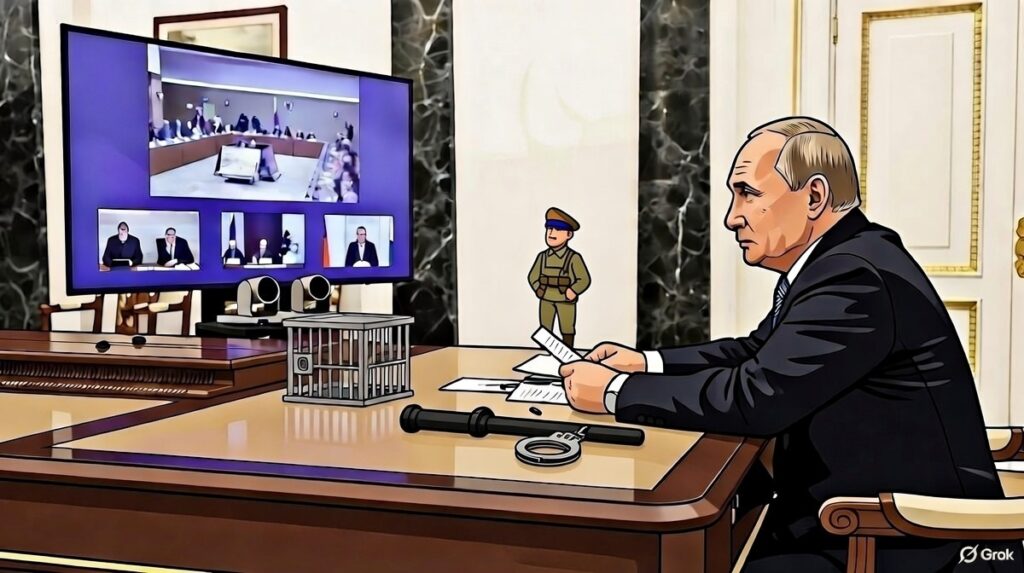Trump’s phone call with Putin, plans to meet in Saudi Arabia, and intention to start negotiations regarding Ukraine has buoyed market expectations that a ceasefire, if not a peace deal, may be forced on Kyiv. But setting aside Trump’s mercurial intentions and new message to Europe that the US will prioritize the Indo-Pacific and its own defense, big business in Russia has no sight of what a ceasefire or peace means for them given the reorientation of the entire economy around the national projects and war.
Polling from the Week of Russian Business showed one-third of attending members of the Russian Union of Industrialists and Entrepreneurs (RUIE) did not know what the aims of the national projects are, what their role is in realizing them, or how to take part. Members still can’t tell the difference between programs titled «Import substitution,» «technological independence,» and «technological leadership.» RUIE head Aleksandr Shokhin noted full «passports» — guideline documents properly outlining programs and businesses’ eligibility — have yet to be published despite efforts to improve the efficacy of the national projects going back to 2020.
Despite the furor over Trump’s concessions regarding Ukraine’s membership in NATO, NATO security guarantees, and the return of all Ukraine’s lost territory, the response from Dmitry Peskov and the presidential administration to the Russian press remains cautiously hedged. Nothing specific has been agreed, which given the turmoil of Trump’s first term suggests yet more volatility to come. US energy sanctions enforcement is increasing as Ukraine ramps up drone attacks on oil storage sites and refineries, which will likely force the oil sector to cut production in the coming months. Gazprom’s shares have spiked over 22% since the phone call, erasing most of its equity losses from the last year on the prospect of restarting sales to Europe. But even with talks now possible, there is little evidence of a «peace dividend» that might emerge.
Businesses’ frustrations over the national projects reflect a deeper problem. Since the invasion, state spending on or adjacent to the war has driven demand for goods and services and state statistics have increasingly obscured the state of the economy. Federation Council chair Valentina Matvienko believes «many economic theories that are written in textbooks will be corrected accounting for the Russian Federation’s experience» under sanctions. Yet business sees things differently.
Of the 150 businesses across heavy and light industrial sectors in 43 regions polled by the Institute of National Economic Forecasts in December, 70% said they were suffering from sanctions, 85% wanted the ruble to strengthen or remain at current levels, and respondents’ answer suggest the stronger rates of growth in 2023−2024 have largely been catchup from declines in 2020 and 2022. In other words, the economy is running full speed just to stay in place with high interest rates harming businesses’ ability to operate or invest, not «overheating» from tremendous growth. Lifting sanctions could lower costs for many businesses, but wouldn’t resolve the problem that pre-invasion growth was weak and businesses are hesitant to invest unless the state continues to spend at similar levels and improve the business climate. If it does, it’s hard to imagine the economy truly demilitarizing, though it remains a possibility in a post-war world.
Growth, but for whom?
Nowhere is the emptiness of state rhetoric on its economic successes more evident than labor markets. According to Raffeisenbank’s treatment of Rosstat’s data, real wages and money transfers have typically followed the rate of growth in mandatory state payments to households. But this relationship broke down in the second half of 2024, with monthly real wage growth trending under 1% by December. Taking official data with a pinch of salt, it’s noteworthy because of the sheer size of bonuses and wages paid to contract soldiers serving at the front playing a role in lifting wages. While Bank of Russia surveys suggest that labor shortages stabilized at the end of 2024, that still left 69% of respondents saying they were dealing with shortages.
If labor shortages have stabilized, then theoretically the balance between supply and demand for various things across the economy has as well. When wages rise quickly as they have in Russia, one would expect that productivity — the value that any given worker creates from a day’s work — to grow significantly. But from 2018−2024, labor productivity grew just 8%. This is wildly off base compared to the economy’s near-doubling in ruble terms to an estimated 200 trillion rubles between 2020−2024. Mishustin and the cabinet have set a goal to spend the princely sum of 31.5 billion rubles creating a federal productivity program aimed at 40% of non-resource companies to raise labor productivity by 21% for 2025−2030. Regional governments will be tasked with identifying barriers to businesses and implementing the program, which promises to be messy.
Businesses seem less confident in brighter days ahead. Consultants at Nikolier forecast the market for commercial real estate may decline 34−46% this year to 500−600 billion rubles, a sharp correction after two boom years from the race to build new plants and businesses supporting or profiting off the war in industrial parks and special economic zones. Beyond brick and mortar, any peace dividend for the economy requires long-term investments into transport, housing, utilities, and other public goods. RZhD expects 2025 to another decline in rail loadings, which already sit at levels below 2020. Though RZhD invested a record volume of 1.5 trillion rubles in 2024, it’s only set to invest 900 billion rubles this year, of which only 300 billion rubles will go towards modernizing infrastructure. That’s a lower level of investment in rubles than was planned in 2022 post-invasion.
Hospitality has been one of the winners from sanctions. Households unable to afford or easily access travel to Europe or other countries have substituted by traveling across Russia instead. Hotel revenues grew 30% last year compared to 2023, but the profitability of the sector fell. It’s a great example of the paradoxes of success stories under sanctions. Prices for rooms keep rising steadily because of growing demand, suggesting that the sector can’t provide new hotels or expand fast enough to meet demand. Most telling is that Krasnodar Krai provided the most hotel revenues last year, followed by Moscow and St. Petersburg. By implication, the logistical hubs and those serving at the front, in the rear, or in associated services are driving demand for hotel rooms. War spending is boosting tourism on paper. Falling profitability suggests costs like labor, energy, or construction have gone up faster than prices have risen.
Attention is rightly paid to talks between Trump and Putin and what they may mean for US policy. However, it would be misleading to think that sanctions relief will «normalize» the Russian economy. Mishustin, Belousov, and other officials know this. Prior to the invasion, Russia’s GDP growth was limited to 1−2% annually, an exception only broken in 2021 because of surging commodity prices, energy shortages in China, and Gazprom’s cutting deliveries to Europe. If state spending falls, growth will sputter. MinFin is already looking to increase non-oil & gas revenues further, an aim more pressing as energy sanctions enforcement steps up. Chinese importers are already using Trump’s arrival to press for discounts on purchases of Russia’s ESPO crude blend. The months to come will be likely prove a wild ride, but there are no shortcuts to fix what ails the Russian economy.
